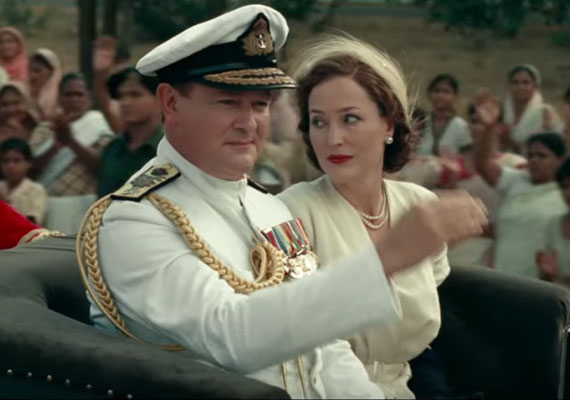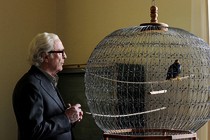BERLINALE 2017 Out of competition
Viceroy’s House: Determined directing and dazzling production values
- BERLIN 2017: Gurinder Chadha’s most ambitious project yet offers a sombre yet resonant look at the Partition of India

One year ahead of its 70th anniversary, one of India’s most painful slices of history comes alive in Gurinder Chadha’s most ambitious project yet, Viceroy’s House [+see also:
trailer
film profile], screening out of competition at this year’s Berlinale. Set in one of imperial England’s most prized possessions for over three centuries, the Kenyan-born, London-raised director’s new film tracks down the days and decisions that led to India’s Partition, carving Pakistan out of India’s soil and causing the largest mass migration in human history: 14 million people were displaced, a rather timely story to remember amidst the Syrian refugee crisis.
Lavish production design grabs viewers from the get-go, as the film opens with the appointment of Lord Mountbatten (portrayed by Hugh Bonneville as an amicable, no-nonsense officer) as the new Viceroy charged with ensuring the tranquil transition from a colonised India to a free nation. Yet, although the titular Viceroy’s house “makes Buckingham Palace look like a bungalow”, according to the new statesman’s edgily opinionated wife (portrayed with icy precision by Gillian Anderson), as universal custom has it, the more grandiose the colonisers’ quarters are, the gloomier their subjects’ circumstances tend to be.
Penned by Paul Mayeda Berges, the script draws its main dramatic narrative from the Viceroy’s efforts to establish some common ground between the opposing political, social and religious views of Hindu, Sikh and Muslim leaders who seem more eager to focus on what sets them apart, rather than on what unifies them. The film’s political plot is juxtaposed with an overarching love affair between a Hindu policeman (Manish Dayal) and a Muslim girl (Huma Qureshi), both working in the Viceroy’s court, infusing the narrative with a layman’s view of how drastically big decisions can affect the lives of the people.
Pulling no punches when it comes to pointing out the crucial role played by the Crown (its disingenuous nature embodied by a skin-crawling Michael Gambon), Chadha’s determined directing paints a vivid image of the fear, violence, terror and insecurity that provided the catalyst which led to the hastened division of a nation whose people were just as passionate about claiming their right to independence as they were about fighting amongst themselves.
Viceroy’s House was produced by BBC Films and Pathé Films, and is being sold overseas by Pathé International.
Did you enjoy reading this article? Please subscribe to our newsletter to receive more stories like this directly in your inbox.


























